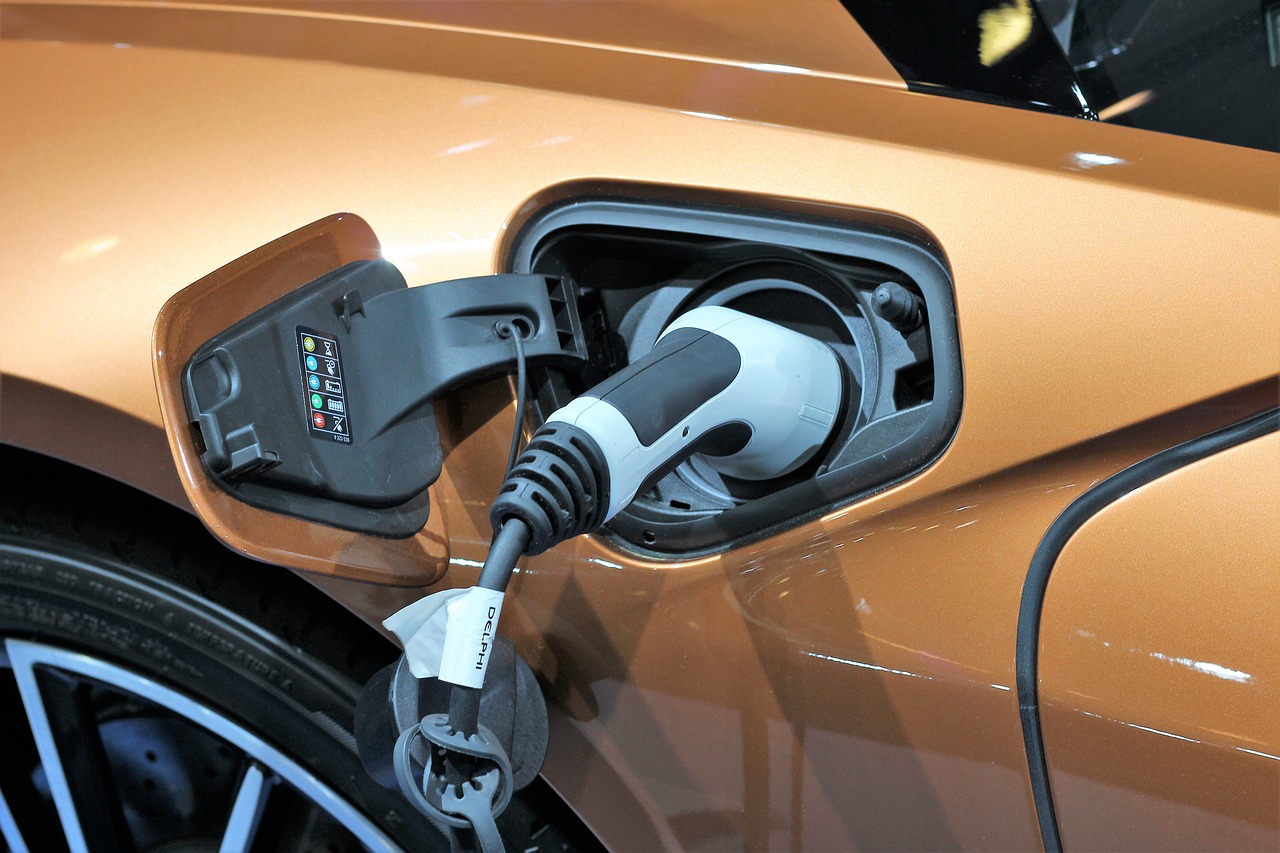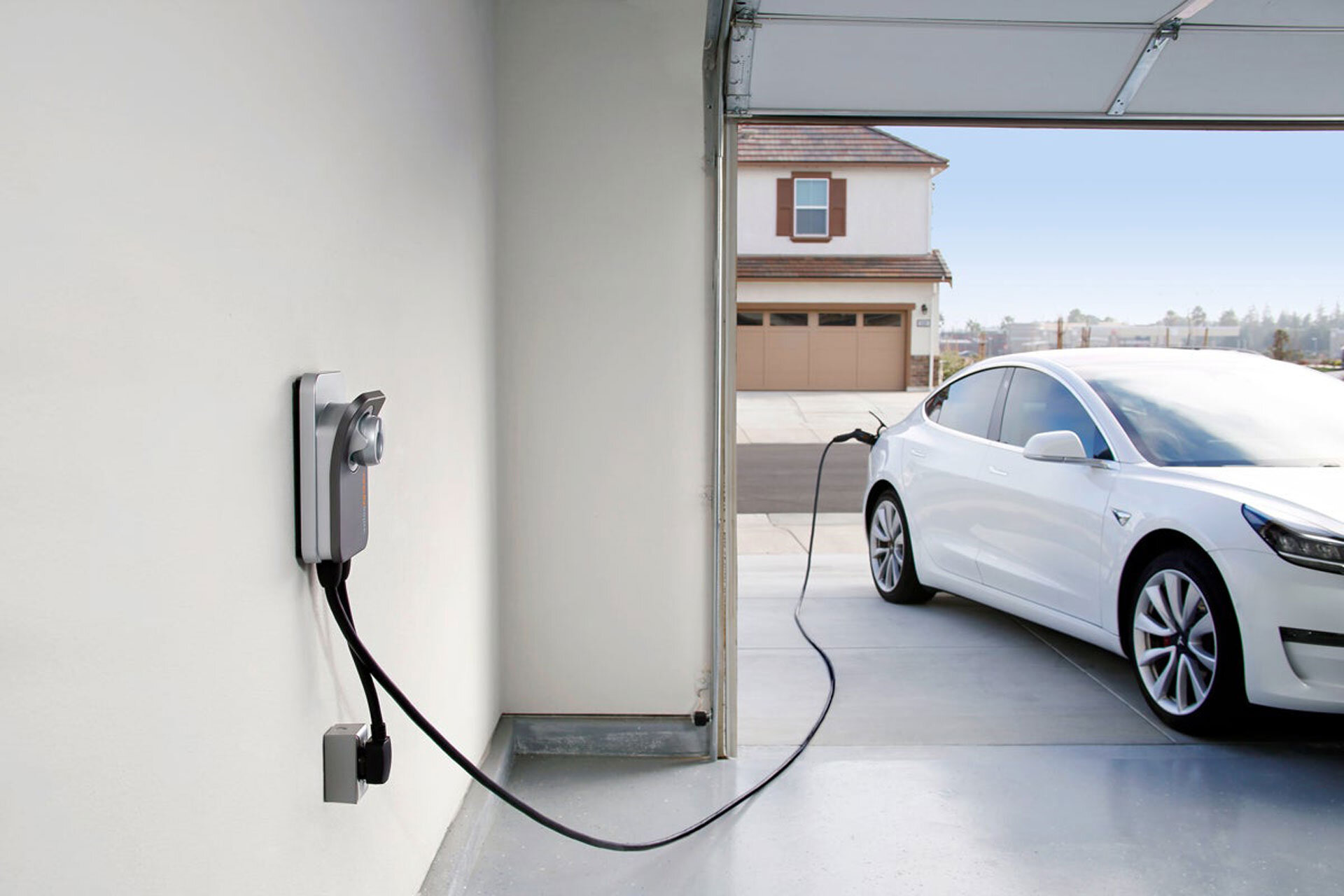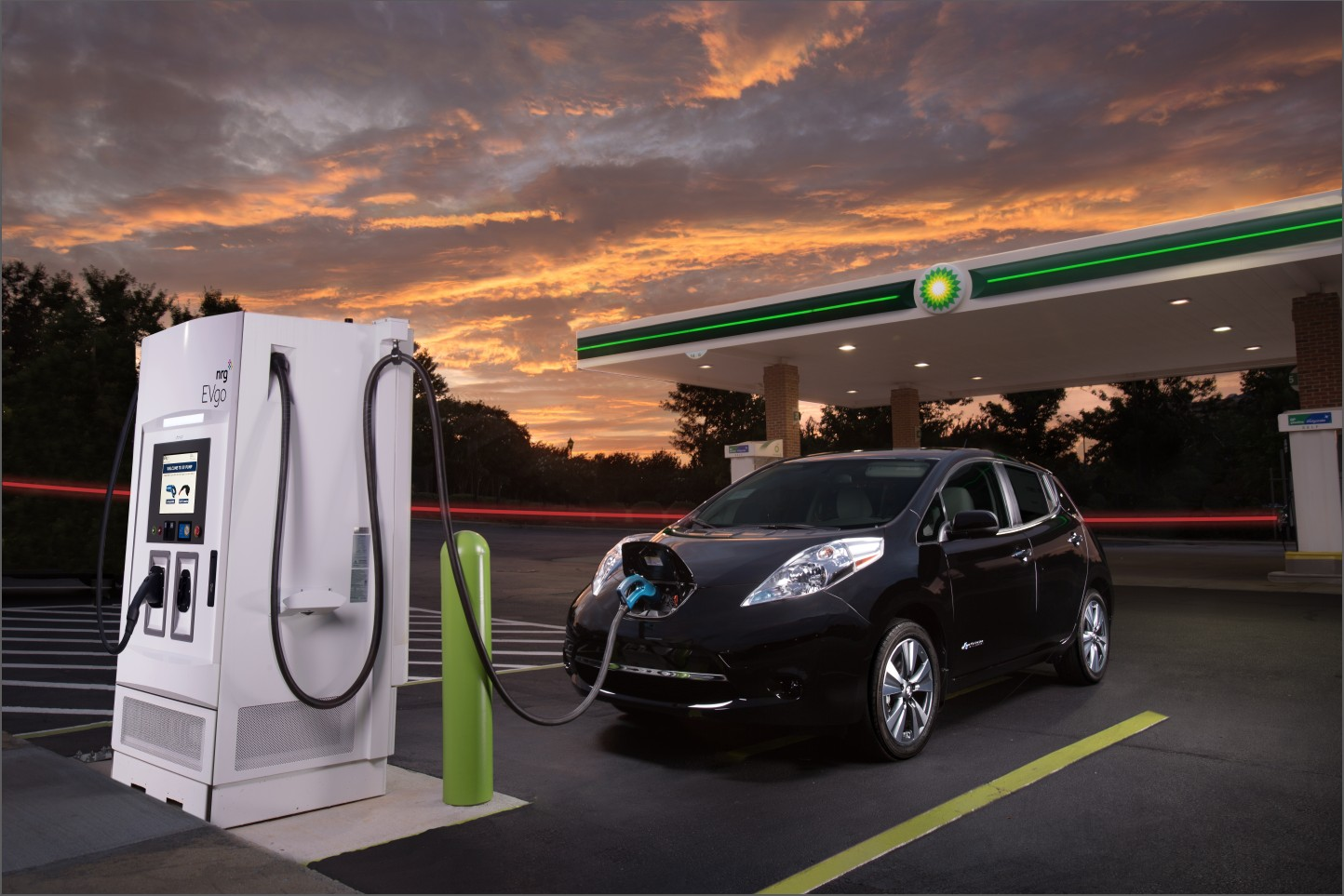How Many Amps Is An Electric Car Charger

Introduction
How Many Amps Is An Electric Car Charger: As the electric vehicle (EV) market continues to grow, charging infrastructure is evolving to meet the needs of a diverse range of drivers. One critical aspect of this infrastructure is the amperage of electric car chargers, which can significantly impact the speed and convenience of recharging your EV.
We’ll explore the various amperage levels associated with electric car chargers, from standard home chargers to high-speed public charging stations. We’ll break down how amperage affects charging times, the compatibility of your EV with different amperage levels, and the importance of choosing the right charger for your specific needs.
Whether you’re a long-time EV owner looking to maximize charging efficiency or someone considering an electric car for the first time, understanding the amperage of electric car chargers is crucial. Join us on this journey to demystify the world of electric vehicle charging and make informed decisions about your EV charging infrastructure. Let’s plug in and explore the electrifying world of electric car chargers and amperage.

How many amps does a EV charger use?
30-50 amps
Most EV chargers pull 30-50 amps of current. If the EV charger were the only thing on the whole panel you’d be fine either way. In reality, other appliances need amps, too.
Level 1 Charger (120V): Level 1 chargers typically use a standard 120-volt household outlet and draw around 12 to 16 amps. These chargers are relatively slow and are often included with the purchase of an electric vehicle. They are suitable for overnight charging.
Level 2 Charger (240V): Level 2 chargers are more common and use a 240-volt electrical circuit. They typically range from 16 to 80 amps, with 30 or 40 amps being the most common for residential installations. The higher the amperage, the faster the charging speed. A 30-amp Level 2 charger is capable of delivering around 7.2 kW of power.
Level 3 Charger (DC Fast Charger): Level 3 chargers, also known as DC fast chargers, are high-powered chargers commonly found at public charging stations. They can draw amperages ranging from 100 to 400 amps or more, depending on the charger’s design and the capabilities of the EV being charged. These chargers can provide rapid charging, allowing you to add a significant amount of range in a relatively short time.
How many amps is a Tesla charger?
A Tesla charger amperage varies from 15 to 300 amps depending on the charging level and Tesla car model. Superfast chargers are the fastest and draw up to 300 amps of current, but you won’t enjoy the convenience of home charging.
Tesla Mobile Connector (UMC): The Tesla Mobile Connector is a portable charging solution that comes with Tesla vehicles. It is designed to plug into standard household outlets (NEMA 5-15) and can draw a maximum of 12 amps at 120 volts for Level 1 charging. Tesla also offers adapters for other outlets to maximize charging speed.
Tesla Wall Connector: The Tesla Wall Connector is a Level 2 charger designed for home or commercial installations. It can be configured to draw different amperage levels, typically ranging from 40 amps to 80 amps. The specific amperage setting is determined during installation and should match the capacity of the electrical circuit it’s connected to.
Tesla Supercharger: Tesla Superchargers are high-speed Level 3 DC fast chargers designed for rapid charging. They are typically located at Tesla Supercharger stations and can deliver much higher amperage levels, often exceeding 300 amps, depending on the station’s design and location.
Is 30 amps enough for EV charger?
The lower the amperage, the longer it will take to charge your car. On average, a 30-amp Level 2 charger will add about 25 miles of range in an hour, while a 15-amp charger will only add about 12 miles. Experts recommend at least 30 amps, and many of the newer chargers deliver up to 50 amps.
EV Model: Different electric vehicle models have varying battery capacities and charging capabilities. Some EVs can accept higher charging currents than others. Check your EV’s specifications to see its maximum charging rate.
Daily Driving Distance: Consider how far you typically drive in a day and the amount of charge you need to replenish. For many daily commutes and errands, a 30-amp charger can provide enough charge overnight to ensure your EV is ready for the next day.
Charging Time: The charging time with a 30-amp charger will depend on your EV’s battery capacity and how much charge it needs. Generally, a 30-amp Level 2 charger can provide around 7.2 kW of power, which translates to approximately 20 to 25 miles of range per hour of charging.
Charging Speed Preference: Some EV owners prefer faster charging speeds for added convenience, while others are content with slower charging if they have ample time to charge overnight. If you have access to a faster charger for occasional rapid top-ups, a 30-amp charger may be sufficient for regular use.
How many amps for level 1 EV charger?
Charging at Level One
The Level One charger (which usually comes with almost any electric car) plugs into a dedicated standard house plug, and can deliver 12 amps. This means it will deliver 40 miles in an 8-hour overnight charging session. Most people have their car at home for much more than an average of 8 hours.
12 Amps: Some Level 1 chargers, particularly those included with certain EV models, are designed to draw 12 amps. This results in a slower charging rate, suitable for overnight charging.
16 Amps: Level 1 chargers can draw up to 16 amps from a standard 120-volt outlet. While this provides a slightly faster charging rate compared to 12 amps, it is still relatively slow and is typically used for overnight charging or when faster charging options are unavailable.
Level 1 chargers are convenient because they can be used with standard household outlets, making them accessible for most EV owners. However, they are the slowest charging option, and the time required to fully charge an EV using a Level 1 charger can be significant, especially for EVs with larger battery capacities. As a result, Level 1 chargers are often used for overnight charging when time is less critical.
Can I charge my EV at 12 amps?
Charging at 12 amps requires a manual override, and the car will warn the driver of potential risks from an overstressed cord. As mentioned, those charging speeds are very slow, equaling 880 watts per hour (0.88 kWh) for the 8-amp rate, or 1.32 kWh for the 12-amp speed.
Charger Compatibility: Ensure that your EV’s charger or charging cable is compatible with 12-amp charging. Most EVs come with a Level 1 charger that is designed to draw either 12 or 16 amps. Check the user manual or manufacturer’s specifications for your specific EV model to confirm the charger’s capabilities.
Electrical Circuit: The electrical circuit you are using to charge your EV must be able to provide the required amperage safely. A 12-amp charger draws less current than a 16-amp charger, which may be beneficial if your home’s electrical wiring is not rated for higher amperage.
Charging Time: Charging at 12 amps is slower than charging at higher amperage levels. The time required to fully charge your EV depends on its battery capacity and the state of charge when you begin charging. Level 1 chargers are often used for overnight charging when time is less critical.
Compatibility with Your EV: Check your EV’s specifications to see if it is compatible with 12-amp charging. Most EVs can be charged using a Level 1 charger, but some high-performance or long-range EVs may have specific requirements.
What type of MCB for car charger?
Type B curve circuit breakers
The single phase EV charger should be connected to a 230V/240V nominal AC supply. The supply should run from a dedicated 40A circuit breaker. We recommend the use of a Type B curve circuit breakers.
Charger Specifications: Consult the manufacturer’s specifications for your EV charger to determine its electrical requirements. This information will include details such as the charger’s voltage rating, amperage rating, and power consumption.
Voltage Rating: Ensure that the MCB is rated for the voltage of your charger. In most cases, EV chargers in residential settings operate at 240 volts (single-phase) or 208 volts (for some commercial installations). Make sure the MCB is rated for the appropriate voltage.
Amperage Rating: The amperage rating of the MCB should match or exceed the maximum current draw of your EV charger. For example, if your charger draws a maximum of 30 amps, you should use an MCB with a rating of 30 amps or higher. It’s essential to choose an MCB that can handle the charger’s continuous load without tripping.
Short-Circuit and Overload Protection: The MCB should provide both short-circuit and overload protection. In the event of a fault or excessive current draw, the MCB should trip to interrupt the circuit and protect the wiring and charger.
How fast is a 48 amp charger?
Acquiring a 48 Amp EV charger is the best way to charge your EV, easily charging a 60 kWh battery in around 5 hours, an 80 kWh battery in 7 hours, and a 100 kWh one in over 8 hours.
Charger Voltage: A 48-amp charger is typically designed for a 240-volt electrical circuit. The combination of 48 amps and 240 volts results in a charging power of 11.52 kilowatts (kW) (48 amps x 240 volts = 11,520 watts or 11.52 kW).
EV Compatibility: The charging speed also depends on your EV’s onboard charger and how much current it can accept. Not all EVs can take full advantage of a 48-amp charger, as their onboard chargers may have lower capacity.
Battery Capacity: The size of your EV’s battery also plays a role. A larger battery will take longer to charge compared to a smaller one, even if the charging rate is the same.
Why is Tesla charging at 16a?
Some common causes of slow charging include: Use of a lower amperage charging outlet: If you’re charging your Tesla at a wall outlet or other low-power charging source, the available amperage may be limited. In this case, the vehicle may only be able to charge at a slower rate.
Circuit Limitations: A standard household electrical circuit in North America is typically rated for a maximum of 15 amps or 20 amps. When charging at home using a Level 1 charger, the Tesla vehicle may automatically adjust the charging rate to stay within the capacity of the circuit. Charging at 16 amps allows the vehicle to use as much of the available capacity as possible without overloading the circuit.
Safety: Charging at a rate slightly below the circuit’s maximum capacity helps prevent circuit overloads and minimizes the risk of tripping the circuit breaker. It ensures safe and consistent charging without causing electrical issues in the home.
Compatibility: A 16-amp charging rate is compatible with standard 120-volt outlets commonly found in North American homes. This level of charging provides a practical solution for topping up the vehicle’s battery while at home, especially for overnight charging.
Balanced Charging: Tesla vehicles are designed to provide balanced charging, which means they adjust the charging rate to match the available power supply. If other appliances or devices are using electricity on the same circuit while the vehicle is charging, the Tesla charger may reduce the charging rate to maintain a balanced load and prevent circuit overloads.

Conclusion
In the ever-evolving landscape of electric vehicles (EVs), understanding the amperage of electric car chargers is key to optimizing your charging station experience. The amperage of your charger plays a vital role in determining how quickly and conveniently you can recharge your electric vehicle.
From standard home chargers to high-speed public charging stations, the range of amperage levels available offers flexibility for various driving needs. Whether you seek a rapid top-up on a long journey or a convenient overnight charge at home, the right charger and amperage level can make all the difference.
As electric vehicles become more mainstream and charging infrastructure continues to expand, being informed about amperage is essential. It empowers you to make choices that align with your driving habits, energy consumption, and convenience preferences.





